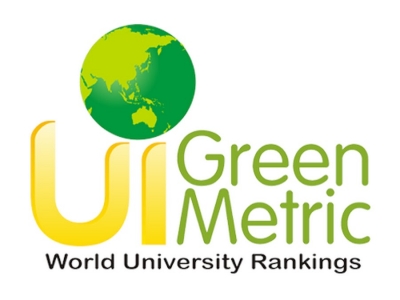By Tyrone Burke
Photos by Justin Tang
From the Faculty of Science’s Eureka! magazine.
Artisanal bread is baking, fermented kombucha tea is being bottled and fresh coffee beans are spilling from the roaster with the rat-tat-tat of a hailstorm on a tin roof.
All of this is a backdrop to a stream of laptop-toting students and shivering construction workers stopping in to caffeinate at the café that fronts Bridgehead’s roastery on Preston Street in Ottawa’s Little Italy.
In the glass-walled “Coffee lab” at the back of the 14,000-square-foot retail and industrial space, a pair of bearded sneaker-wearing coffee connoisseurs are measuring out a morning cup. Or rather, 15.
Ian Clark and Cliff Hansen are cupping, a quality grading process in which trained tasters slurp teaspoon-sized samples of fine coffees to evaluate characteristics such as acidity, aroma and body. Clark is the director of coffee at the Ottawa-based chain; Hansen is their head roaster.
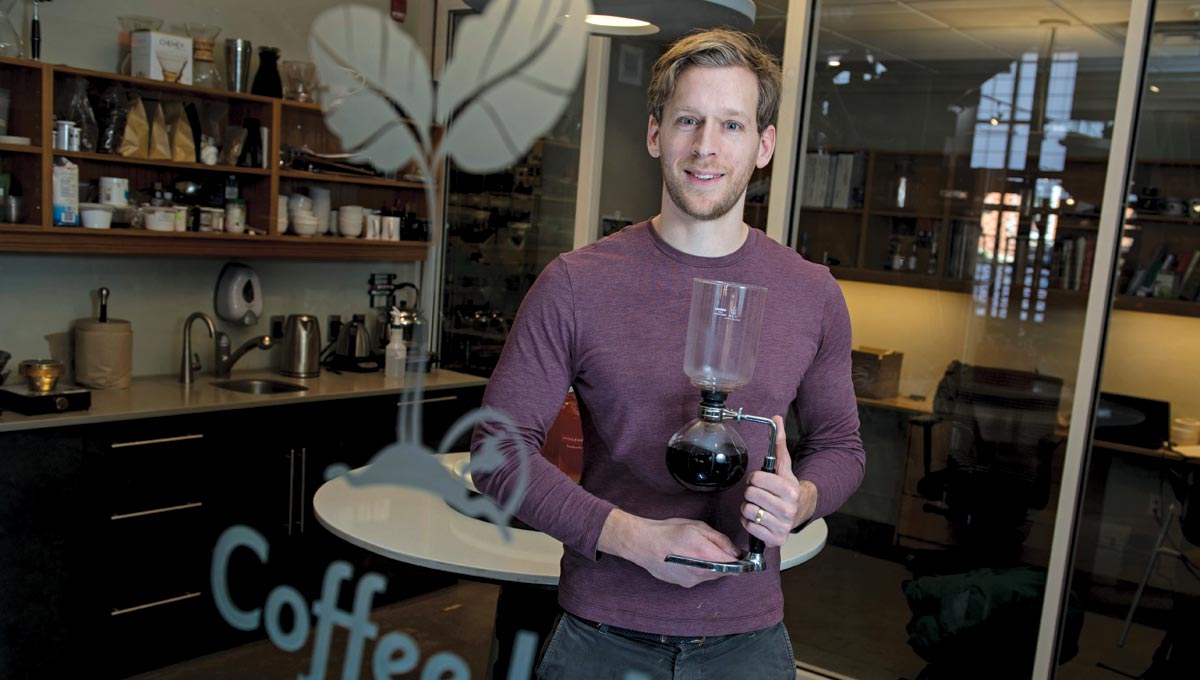
Ian Clark, Bridgehead’s director of coffee, is serious about his java.
Founded in 1981 by United Church ministers concerned about the exploitation of small-scale Nicaraguan coffee farmers, Bridgehead became the first company in Canada to sell fairly traded coffee. It was acquired by Oxfam Canada and turned into a for-profit company, and in 1999 was sold to Ottawa’s Tracey Clark. Today, there are 20 locations across the city.
From the moment that Ian Clark and Hansen speak, it’s clear this isn’t their first coffee of the day. “In a sense, cupping is inherently subjective because it’s my perception of the coffee,” Clark (no relation to Tracey) says in the accelerated staccato of the over-caffeinated.
“There is a pretty good level of calibration around what the different scores mean in cupping, but the subjective ultimately is what matters, because the coffee is also being perceived by the customer.”
Still, there are unknowns. Each of the 15 cups represents 8,000 pounds of newly landed coffee beans. Five from Colombia. Five from Rwanda. Five from Congo. All smell delectable — for now.
“Aroma is the most relevant characteristic when it comes to the aging of green coffee,” says Clark, who, along with Hansen, has passed the Coffee Quality Institute’s Arabica Grader exams, an advanced certification that underpins their sensory evaluations. “Usually, it’s the aroma that fades. If you look at this Rwanda, which is rich and toffee-like and caramel-y right now, in 12 months it’s guaranteed that the same coffee will taste like stale branches and cereal.”
Neither Clark nor Hansen knows when that change will occur. No one does. Coffee from the same region — even the same farm — ages differently. Different lots from the same shipment can turn stale at different times.
It’s a persistent problem that shows up not only in the taste of a cup of java, but also on the bottom line. Bridgehead pays up to four times the standard price for the finest beans, and when an exceptional coffee fades, its price point does likewise.
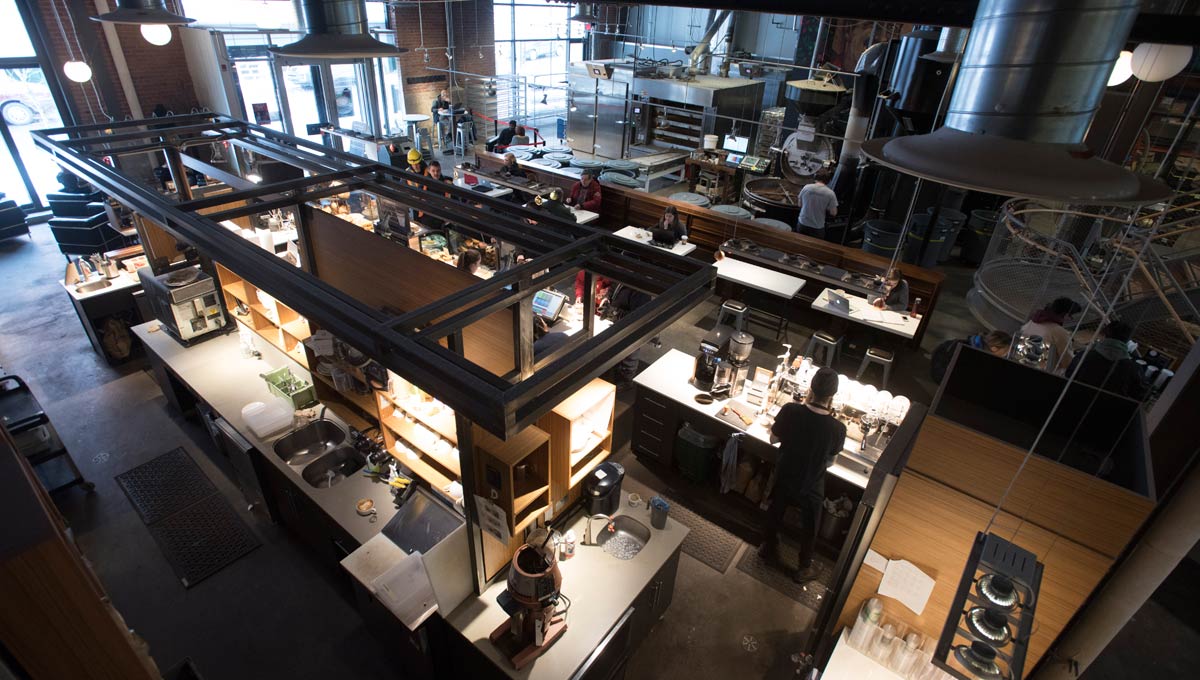
Bridgehead knocks on
Carleton’s front door
Seeking to solve this problem, Clark and Hansen checked out an open house at Carleton’s Front Door initiative in January 2016. The program links local businesses with Faculty of Science expertise and infrastructure, and provides guidance on which people and techniques are best suited to address problems particular to their business.
Working with more than a dozen facilities on campus, Front Door, through fee-for-service contracts, consulting services, R&D partnerships and other interactions, generates revenue for university researchers and, at the same time, helps companies get smarter.

Chemistry Prof. Jeff Smith, director of the Carleton Mass Spectrometry Centre.
Canada’s $6.2-billion coffee industry is big business. More than 160,000 people work in cafés and coffee shops, and roughly 5,000 are employed on the manufacturing and roasting side.
But the opportunities in this industry come coupled with risk. The five cups of exceptional Congolese coffee sitting on the table in front of Clark and Hansen are a case in point.
“Historically, we’ve had problems with coffees from Congo,” says Clark, who has a bachelor’s degree in Law and Legal Studies from Carleton.
“This one smells beautiful. It’s got a really floral character. Congos, in our experience, can be really good at first, but we have to be really careful about buying too much because they do die pretty quickly.
“They turn, and develop this bushy, woody flavour instead of the elegant floral character. So it’s smelling great — right now, it’s fantastic — but there’s this uncertainty. How long is this going to last? We don’t really know. We can use our experience and be a bit cautious, but say this is an amazing coffee that will last for six months, we lose the opportunity to take advantage of that, if we don’t buy now. And we just don’t know, so we have to manage the risk.”
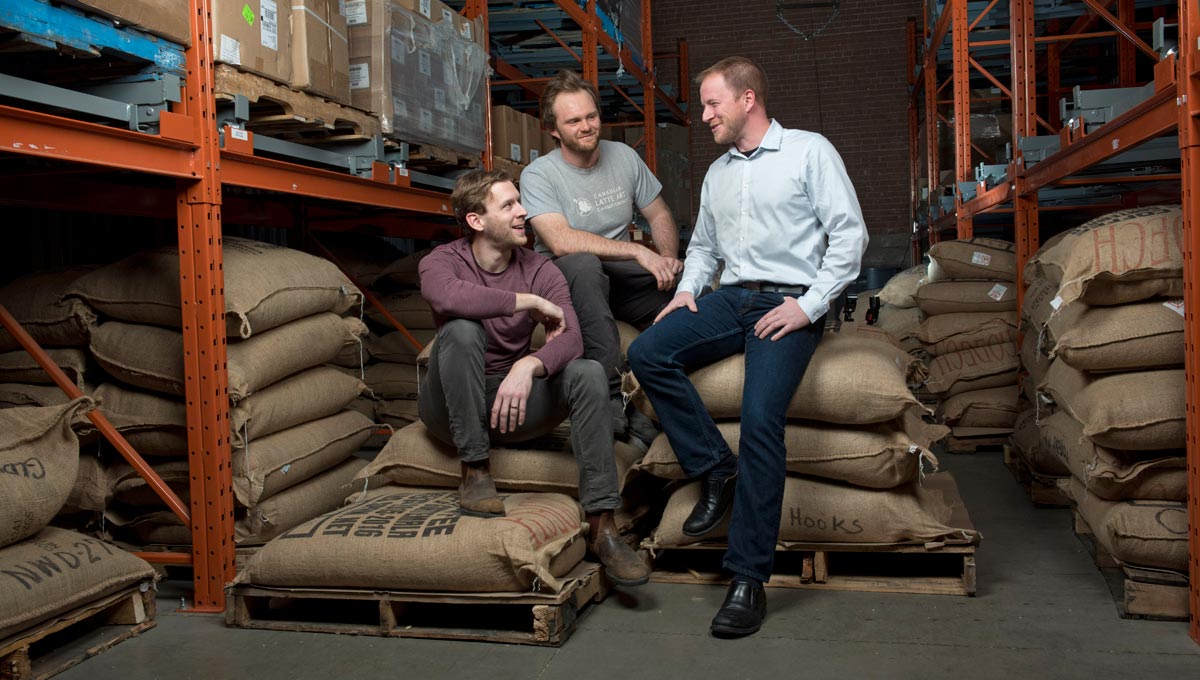
A journey to the centre
of a coffee bean
There are theories in the industry about why this happens. The prevailing thinking is that uneven moisture content created by drying processes contributes to ongoing cellular respiration, consuming nutrients that result in better flavours.
“The bean is essentially a seed,” Hansen says, “and the point of that seed is to germinate: it wants to stay alive so it can grow a new coffee tree. It’s going to do everything that it can to do that.
“If you make it harder to do that, it’s going to use up all of its energy stores. Those energy stores are delicious to us. Because we like sugar, and we like fruit acids, and those are the things that actually develop into coffee flavours. So when the bean uses those up trying to stay alive, it’s way less delicious for us.”
But this is only a theory. Very little is known about how coffee beans age on a cellular level.
On the ground floor of Carleton’s Steacie Building, the buzz of bean roasting is replaced by the resonating hum of machines inside the Carleton Mass Spectrometry Centre (CMSC). This multi-million-dollar lab is brewing a new approach to understanding coffee: gas chromatography techniques enable scientists to observe chemical changes that accompany changes in aroma.
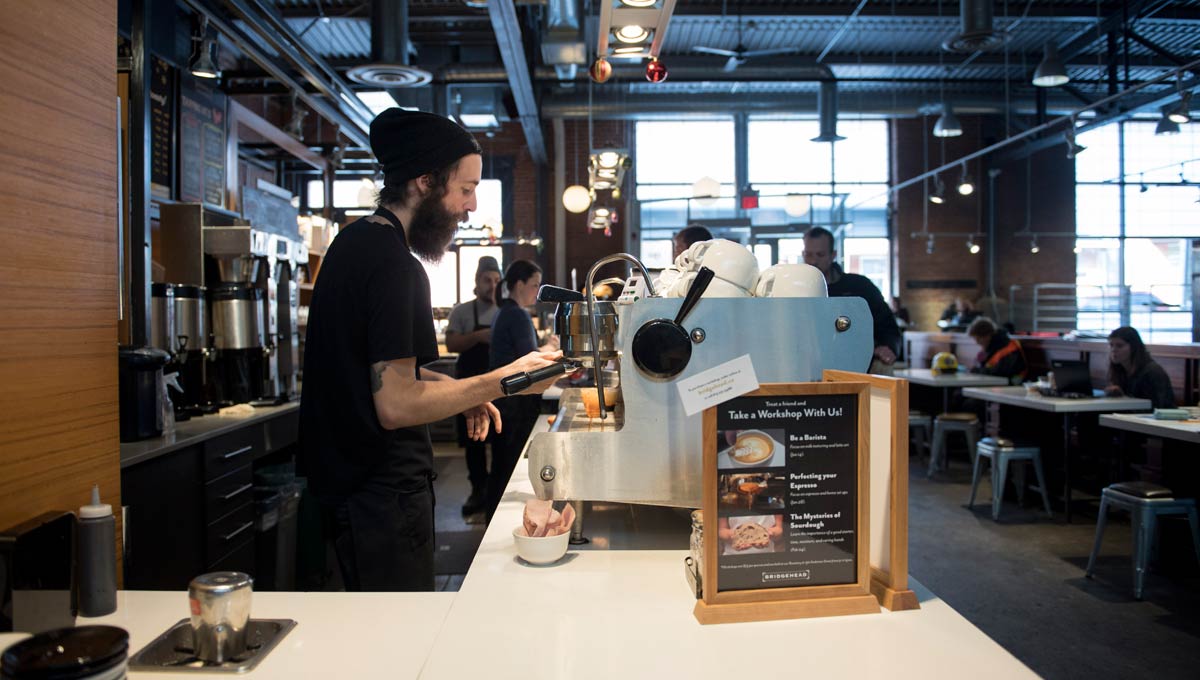
Barista Kyle Woods crafts the coffee at the core of this research.
Funded by a $50,000 grant from the Ontario Centres of Excellence Voucher for Innovation and Productivity program, combined with NSERC Engage support, Carleton’s coffee project focuses on beans from Huehuetenango, Guatemala.
All of the coffee being tested is from specific farms in this one area; all of the beans have experienced the same storage, milling and transportation conditions.
Clark and Hansen head to Huehuetenango every March to choose the best beans, but back home, the results are a mixed bag. Some will have aged prematurely while others have not, so Bridgehead has to buy a large number of small lots in order to make sure it has a few extraordinary coffees to choose from when they arrive in Canada.
“They produce some of the best coffee we’ve ever tasted,” Clark says, “but they also produce a lot of not-so-great coffee. So we have to filter through it quite carefully.”
“We’re picking through the community’s coffee for the very best, and these coffees are about as similar to each other as you can get, yet they have their own flavours and their own unique aging processes that we need to understand in order to have a more reliable buying process. It’s worth the risk because we get amazing coffees, but there’s this uncertainty that we’d like to overcome.”
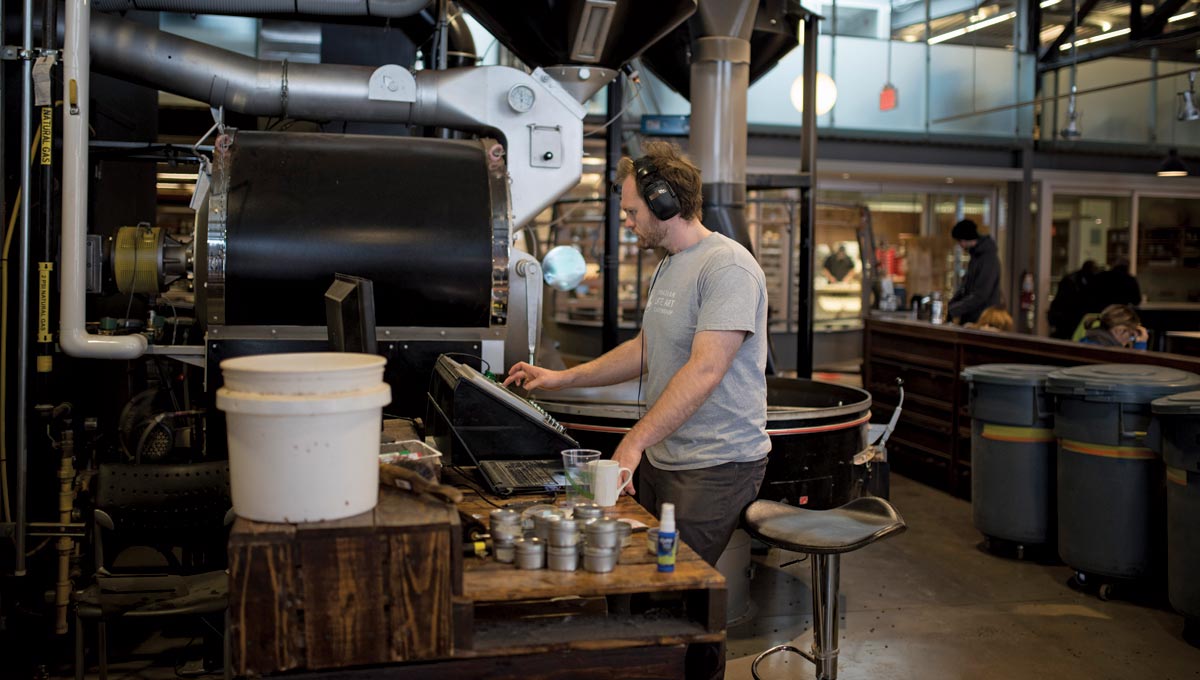
Overcoming uncertainty with a hyper-precise scale
Chemistry Prof. Jeff Smith, director of CMSC, thinks he can help do that using mass spectrometry. He likens a mass spectrometer to a hyper-precise scale that can identify compounds in coffee’s aroma.
Knowing what compounds are present as coffee begins its downhill slide could help Bridgehead manage its inventory by selling at-risk beans sooner, while rationing sales of beans that are likely to last.
“If you had a thousand people in a stadium, and you could measure every person’s mass to three decimal places, and you knew that their mass corresponded to the name, you could name every person simply by putting them on a very good scale,” says Smith.
“That’s essentially what we’re doing with the coffee.”
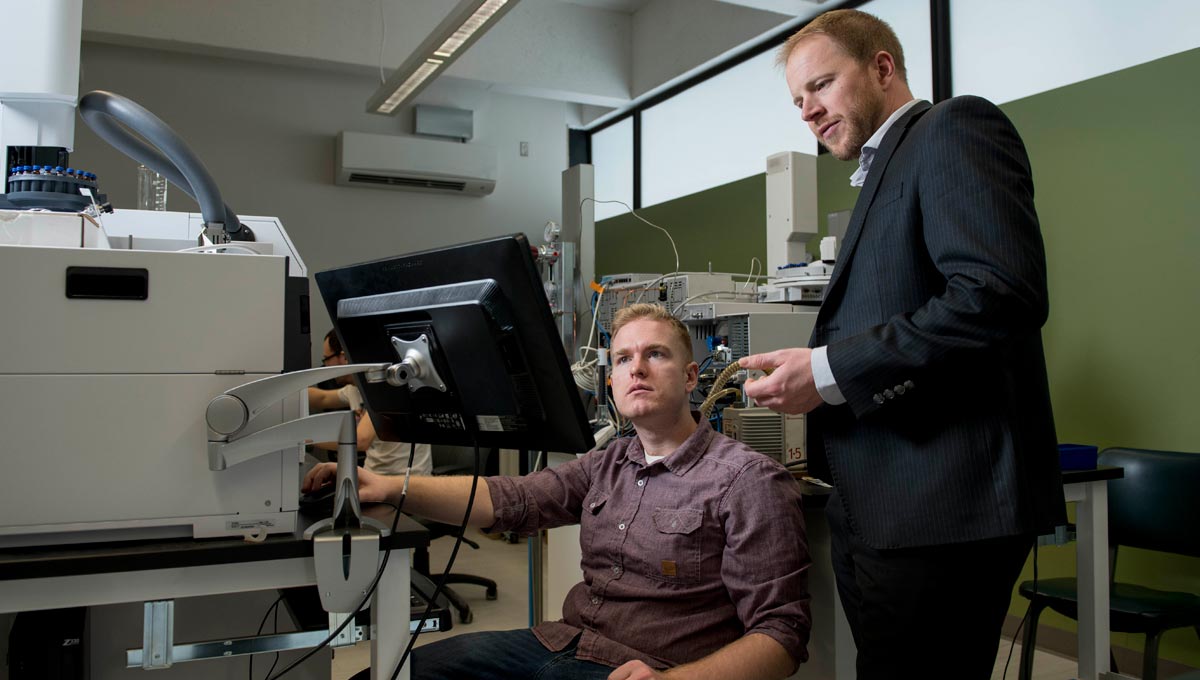
Prof. Smith and master’s student John McFarlan analyze data in the Carleton Mass Spectrometry Centre.
The research design follows Bridgehead’s roasting cycle. Weekly samples are received immediately after roasting, mirroring what’s being served in local cafés. What Ottawans are tasting in their morning java is what Carleton’s mass spectrometers are actually measuring.
Once the coffee is in the CMSC, it’s brewed in painstaking detail. A specialized grinder ensures an identical grind. A high-end handmade Moccamaster coffeemaker measures water and temperature. Even the water comes from the same source each week
Inside the mass spectrometer — a plain 1.5-metre-high box that could pass for a photocopier — a technique called gas chromatography separates molecules present in the aromas. Inert helium pushes gaseous aromas extracted from vacuum-stored coffee through a hollow fused silica coil.
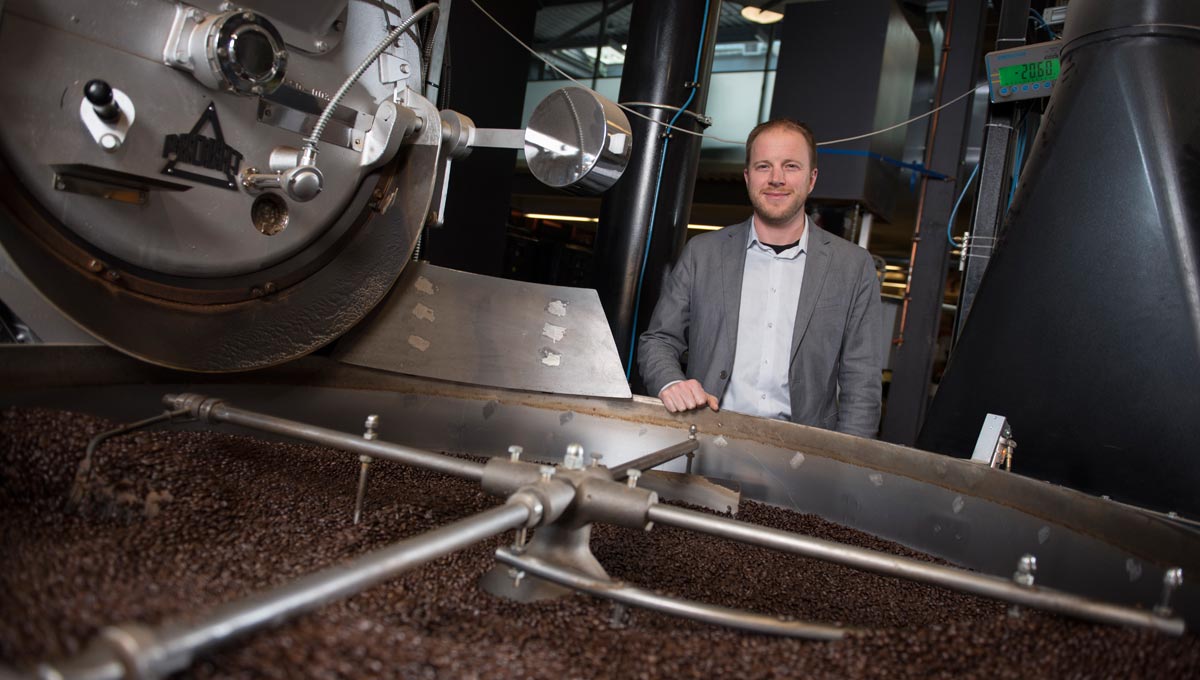
Breaking complex aromas in
their component parts
Inside that slender coil — 30 metres long but just a quarter of a micron wide on the inside — molecules are separated based on their mass and ability to evaporate. The technique breaks down the complex aroma of coffee into component parts, allowing the team to identify each molecule individually.
“We have data now that show upwards of 45 to 50 different compounds,” says Smith, noting that about 80 per cent of what we taste are molecules with the ability to evaporate from the medium that they’re in, as coffee aromas do.
“Those compounds combined together are responsible for what makes coffee taste the way it does. You can separate each one out, and the chemistry of what’s actually in there is fascinating. You see these certain molecules that, on their own, would probably taste terrible. Or you look at it and say: ‘Why is that in coffee?’ It’s all part of the complexity of what coffee actually is.”
The study of coffee on a molecular level is an emerging field and, observed on that level, it could be obvious which molecule is making good coffee go bad. But that isn’t the likeliest outcome. Luckily, it also isn’t necessary.
“Even if we can’t find the root cause of the problems, we’ll still be able to see a problem coming before the taste gets there,” Smith says.
“The reality is that we may not figure out what’s really causing it, but we can still develop an analytical method where we can identify it before they lose business. The consolation prize still saves them money. I’m confident that can happen.”
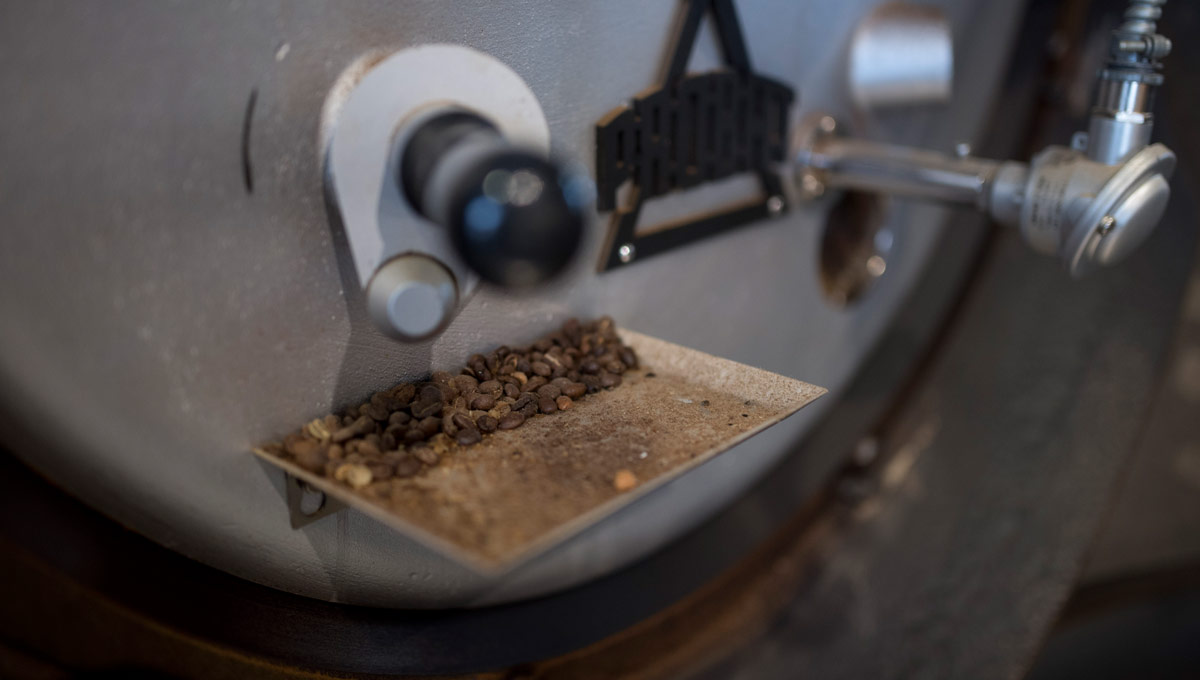
Saving money and
satisfying customers
For Bridgehead, a little advance warning could be the difference between a satisfied customer and a financial loss.
Because specialty coffees can come at a price so much higher than their more common cousins, being able to predict that an exceptional coffee will lose its finest flavours even a few weeks before it happens could allow the company to push coffee at risk of going stale before the change actually occurs.
“This project sets us up nicely too — it’s reciprocal.” says Smith, who has been able to hire a graduate student to work specifically on this research.
“Now we’re set up to do coffee analysis, and there may be an appetite for that from other coffee roasters moving forward. If we’re able to tell a smaller company that their product is starting to go off, through the analysis of a few key molecules, that could represent a new business avenue for us as well.
“This was the vision we had right off the bat, that we’d be able to interface with companies — provide a tangible benefit to them — while generating revenue that brings a benefit to us, such as having the latest infrastructure in our lab to contribute to our core work in health sciences. It’s a vision that’s working.”
From Carleton University’s Faculty of Science Eureka! magazine
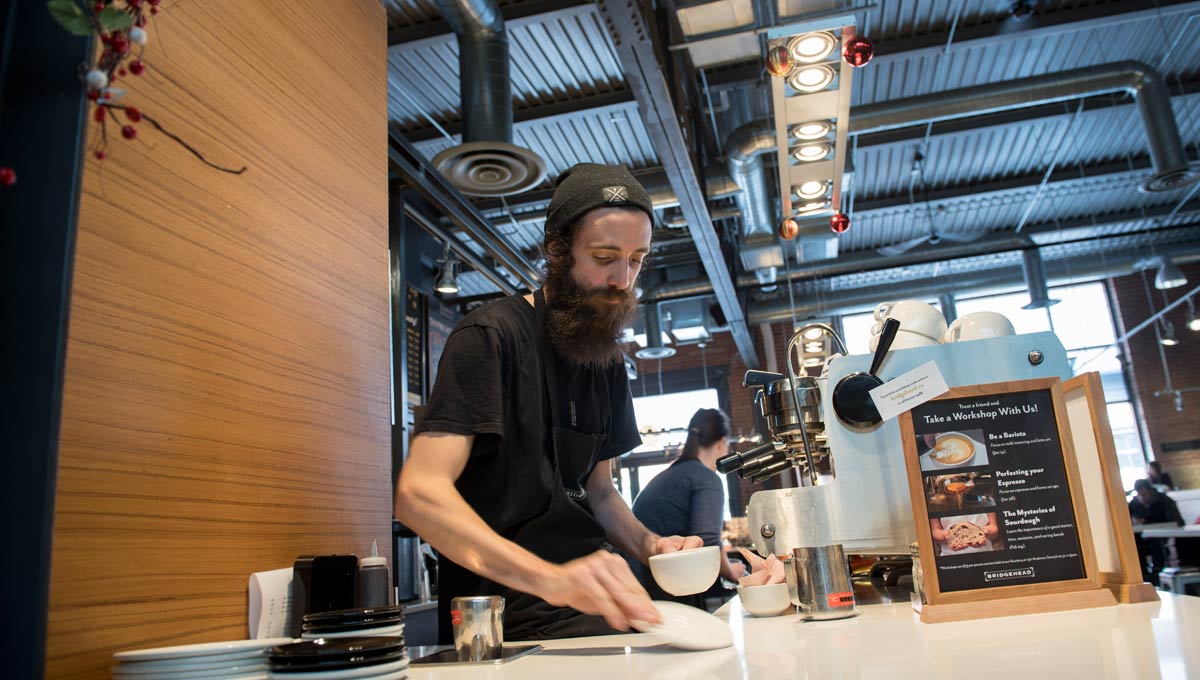
Wednesday, February 8, 2017 in Community, Faculty of Science, Research
Share: Twitter, Facebook


